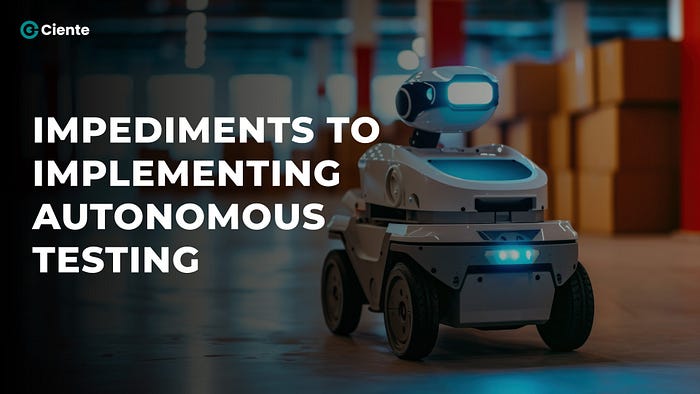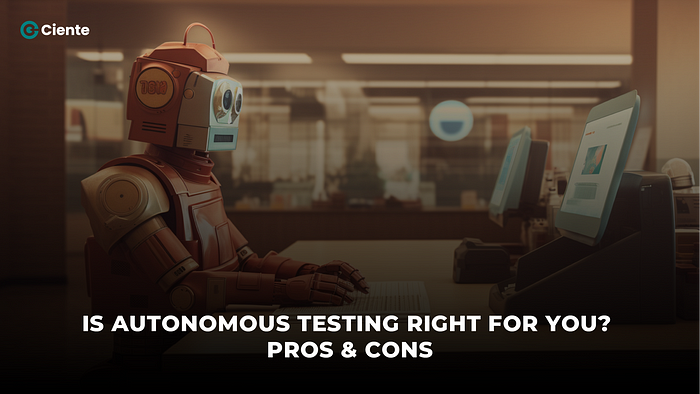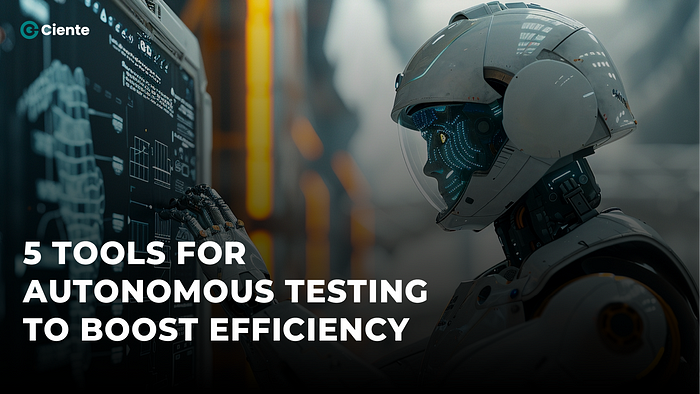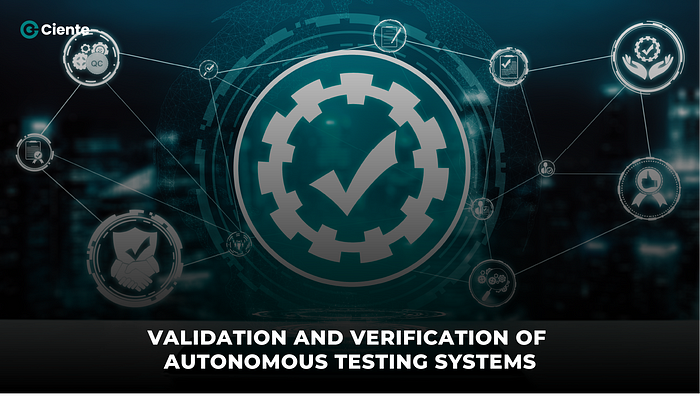Impediments to Implementing Autonomous Testing Team Ciente Team Ciente · Follow

Strong 8k brings an ultra-HD IPTV experience to your living room and your pocket.
Autonomous testing, the holy grail of streamlined software development, promises a future of efficient, AI-powered testing. But the path to widespread adoption isn’t without its bumps. While the benefits of autonomous testing — faster release cycles, reduced costs, and improved code quality — are undeniable, several impediments currently stand in the way of its full potential being realized.
1. The Data Dilemma: Quantity vs. Quality
Autonomous testing thrives on data. It uses machine learning (ML) algorithms to analyze past test cases, identify patterns, and generate new, more comprehensive ones. However, the quality of this data is paramount. Inaccurate or incomplete test data can lead the ML algorithms astray, resulting in unreliable or even faulty autonomous tests.
There’s also the question of quantity. Training robust ML models requires a vast amount of data, encompassing a wide range of scenarios and edge cases. Gathering such a comprehensive dataset can be a significant undertaking, especially for complex software systems.
2. The Interpretability Issue: Understanding the “Why” Behind the Test
One of the biggest challenges with autonomous testing is the lack of interpretability. Unlike human testers who can explain their thought processes and rationale behind a test case, autonomous testing remains a black box. This opacity can make it difficult to pinpoint the root cause of test failures and debug issues effectively.
Without a clear understanding of “why” a particular test case was created or failed, developers might struggle to trust the autonomous testing system entirely. This lack of trust can hinder the widespread adoption of autonomous testing within development teams.
3. The Integration Hurdle: Merging with Existing Workflows
Autonomous testing isn’t meant to replace the entire testing process. Ideally, it should work seamlessly alongside existing testing methodologies, like manual testing and exploratory testing. However, integrating autonomous testing tools with established workflows can be a complex task.
Existing testing frameworks and tools might not be readily compatible with autonomous testing solutions. Additionally, development teams need to adapt their processes to accommodate the new approach. This transition period can be disruptive and require significant upfront investment in terms of time and resources.
4. The Skills Gap: Building Expertise in AI/ML
While autonomous testing automates many tasks, it doesn’t eliminate the need for human expertise. Development teams still need personnel who understand the underlying AI/ML technologies powering autonomous testing tools. These individuals can configure the tools effectively, interpret test results, and maintain the overall system.
The current talent pool with expertise in both software development and AI/ML might be limited. This could pose a challenge for organizations looking to implement autonomous testing, requiring them to invest in training or recruit personnel with the necessary skillset.
5. The Evolving Landscape: Keeping Pace with Technological Advancements
The field of autonomous testing is constantly evolving. New advancements in AI/ML algorithms and testing frameworks are emerging all the time. Keeping pace with this rapid change can be a challenge for development teams.
Organizations need to have a system in place for continuous learning and adaptation to ensure they’re leveraging the latest advancements in autonomous testing technology. This might involve attending workshops, monitoring industry trends, and regularly updating their autonomous testing tools.
Overcoming the Roadblocks: The Road Ahead for Autonomous Testing
Despite the challenges, the potential benefits of autonomous testing are undeniable. By addressing these impediments, organizations can pave the way for a smoother transition towards this transformative approach. Here are some ways to navigate the roadblocks:
Focus on data quality: Implement stringent data validation processes to ensure the accuracy and completeness of training data for ML models.
Invest in explainable AI (XAI) solutions: Tools that can explain the rationale behind autonomous test cases can build trust and facilitate debugging.
Choose adaptable tools: Opt for autonomous testing solutions that integrate seamlessly with existing workflows and testing frameworks.
Bridge the skills gap: Provide training programs on AI/ML fundamentals for development teams or recruit personnel with the necessary expertise.
Embrace continuous learning: Stay updated on the latest advancements in autonomous testing by attending conferences and monitoring industry trends.
By acknowledging and addressing these challenges, organizations can unlock the true potential of autonomous testing, paving the way for a more efficient, reliable, and future-proof software development process.
Note: IndiBlogHub features both user-submitted and editorial content. We do not verify third-party contributions. Read our Disclaimer and Privacy Policyfor details.







